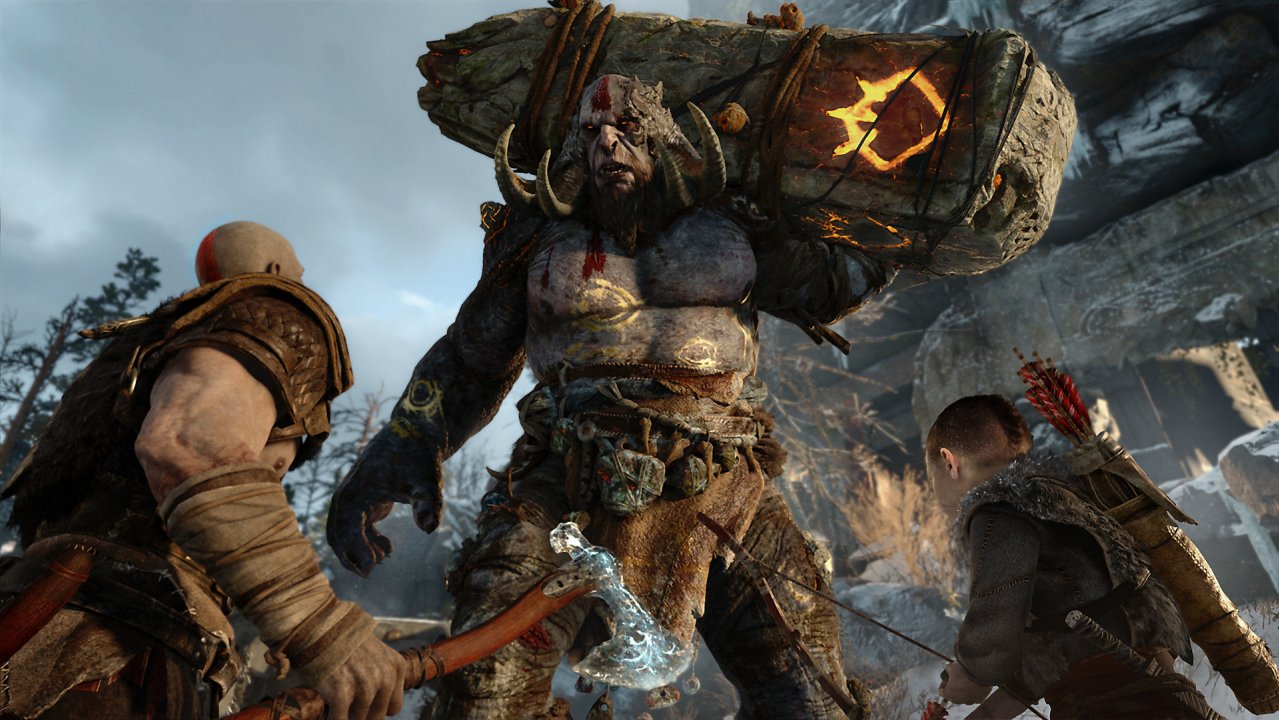How I Review Games
Everyone has their own view about what makes a game worth playing, worth buying, worth recommending etc. So when you go to read a review and see that a game gets a 9 or a 7 (or whatever rating they use) it's hard to really know what that means. That's why I'm going to do my best to explain what I consider when I try to determine my review scores.
The Rating Scale
When I give a game a score between 1-10 what does that mean? Well first of all I’ll tell you right now I will most likely never give a game a 1-5. This is for two reasons:
-
I do not do this as a job, which means I only play games I want to play. I have limited time so there is almost a zero chance I play a game that I think is truly garbage. If it does happen I’ll definitely make a big deal about it.
-
Nobody uses rating scales properly so there’s really no point for me to either. People have been conditioned to think a 6 or below means a game is pure doo-doo when technically it should still mean “above average”. I’m not going to fight this battle on my passion project blog, especially considering maybe 1% of people who read my reviews will even read this page of the blog, so I just won’t use those numbers.
For the rest of the ratings, I have provided this helpful graphic to understand what I’m trying to tell you when I attach a number to a review.
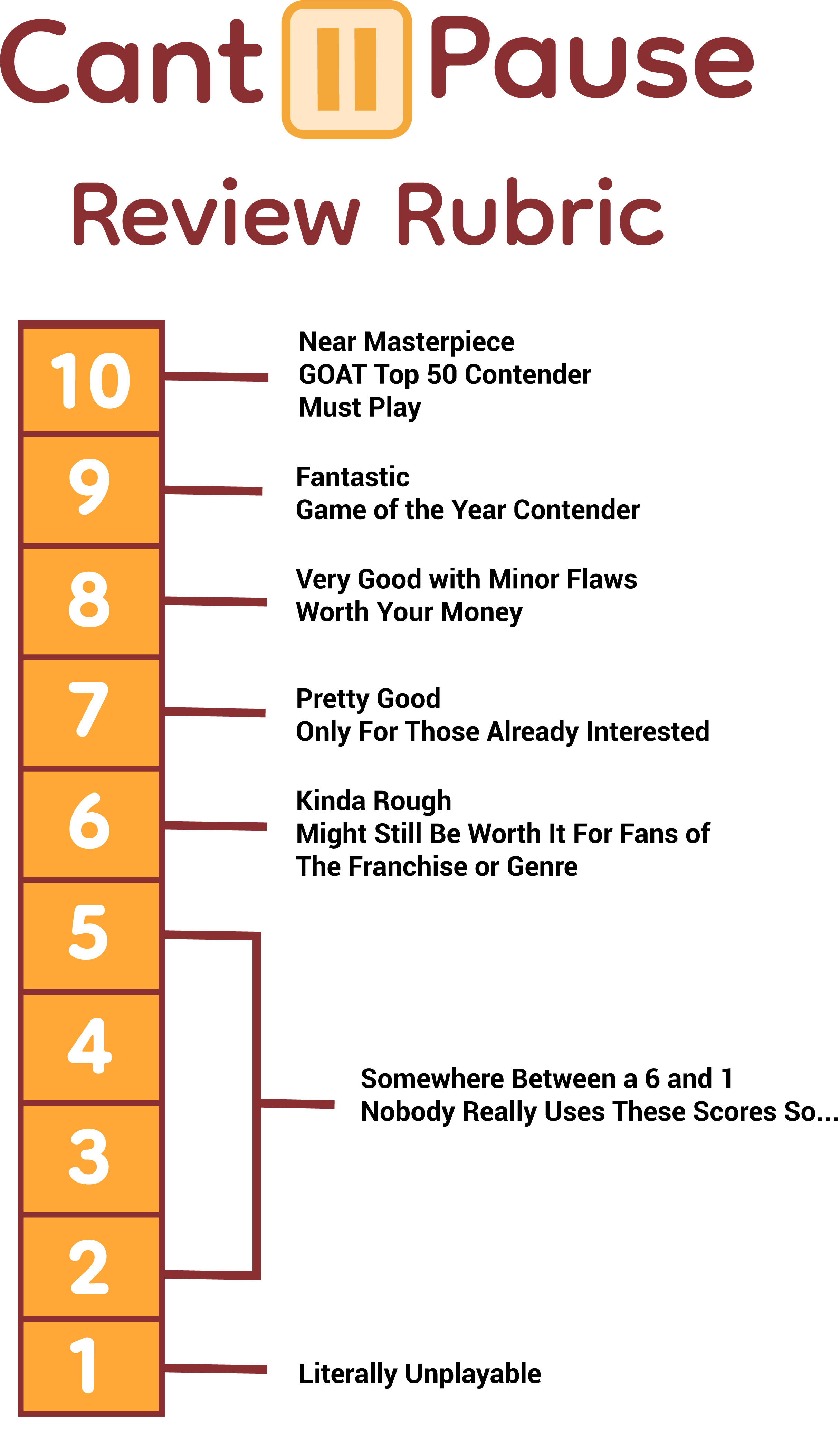
Time vs Money
People like to debate what is more important when recommending a game nowadays. Is it really worth the price? Even if it’s free, is it worth your time?
I think both are important.
Games are luxury items. They are expensive, especially for a source of entertainment you may not fully enjoy. Additionally, nobody wants to invest 50+ hours only to end up feeling like they would have rather spent that time doing something else.
I’ll keep that in mind and bring it up as necessary when I review games.

I Buy My Own Games
This is a hobbyist blog. I don’t get free games, but if I do I’ll disclose it.
It's All About PIE
Who doesn't like pie? Well, I guess me (It's an average dessert), but that's beside the point because I'm talking about a different pie.
P = Polish
I = Innovation
E = Enjoyment
These are the main three factors I think about when I play games. Let's run through them.
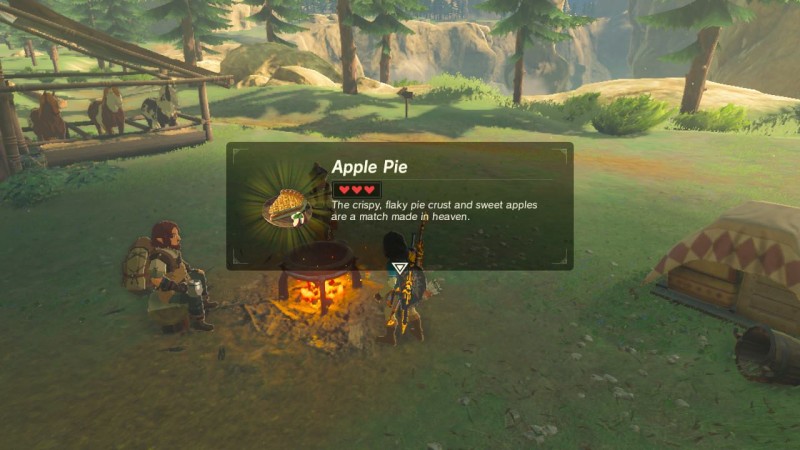
Polish
Polish is crucial to immersion. A great game makes you forget you are playing someone’s code and reminds you that you are experiencing someone’s art.
You can’t get lost in a game when you constantly run into bugs, physics glitches, and other weird things during your gaming experience.
Polish comes in many forms, for example:
- Seamless loading
- Clean and cutting edge graphics
- Believable physics
- Smart and Organic Writing
At the end of the day, it’s all about removing friction between the game and the player, and there are countless things games do to remove those barriers and provide a comfortable experience for t.
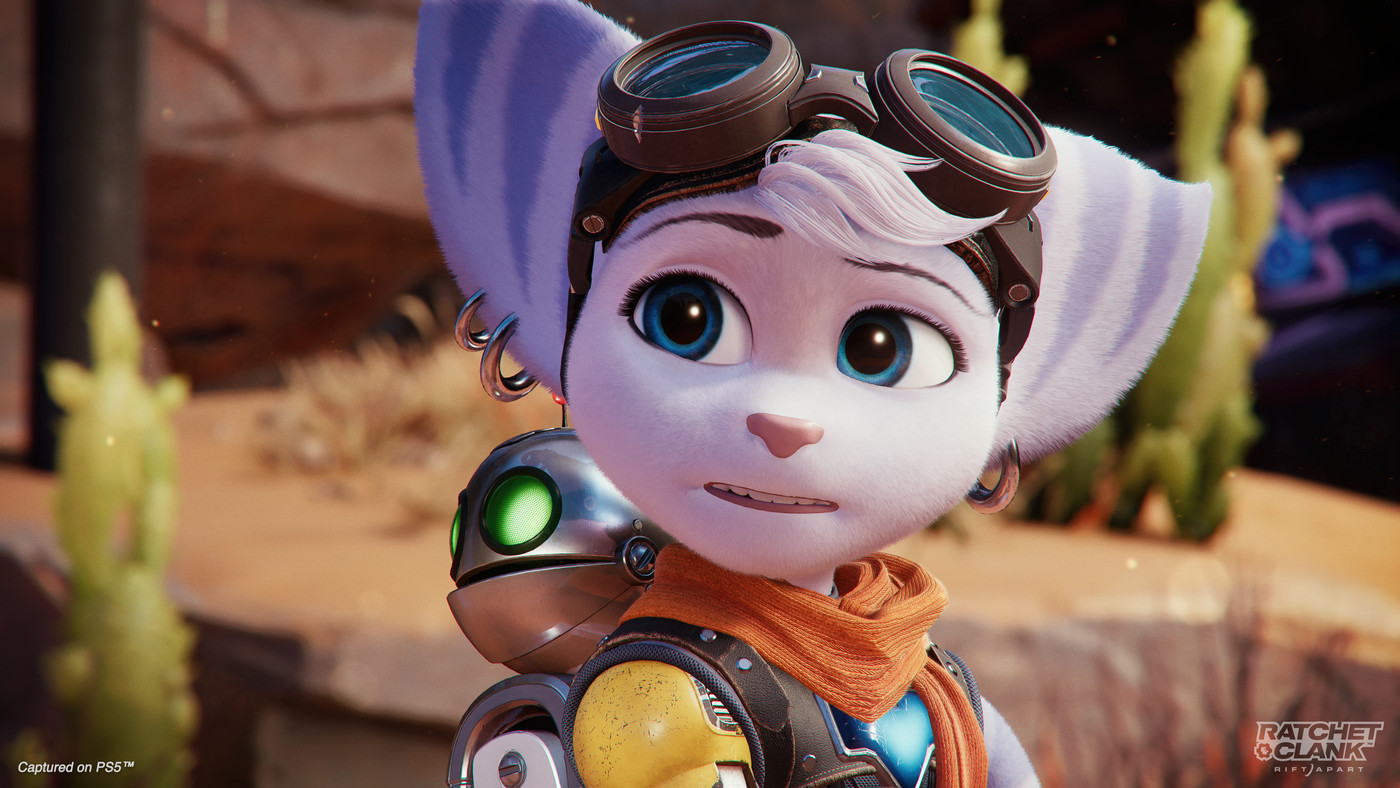
Innovation
In a world where time is limited and video games are (usually) a pretty big time investment, I don’t want to always play the same experience with different skins. Whenever I can play a game that does something unique I’m all for it.
Every now and then a game comes around that catches everyone off guard. It presents a gameplay experience that is fresh, exciting, and inevitably paves way for future games in its genre. When playing games like this it almost feels like seeing an incredibly impressive magic trick.
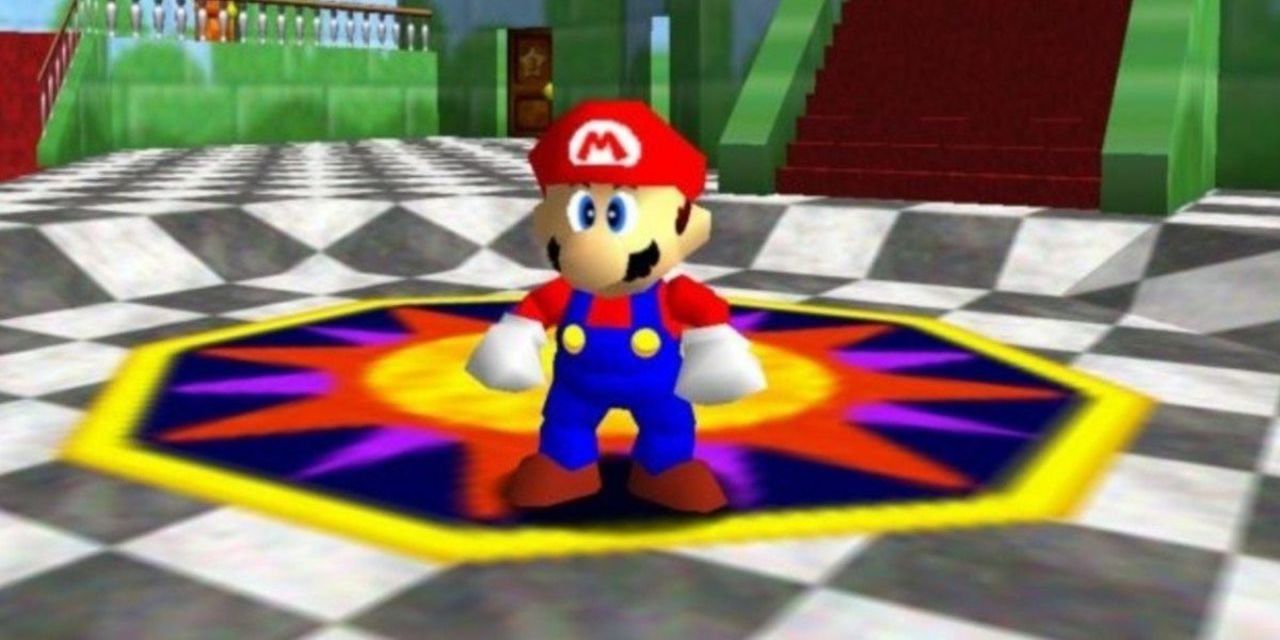
Enjoyment
Games are supposed to be entertainment. Plain and simple. Yes, you can learn, you can laugh, you can cry, but it’s entertainment.
I love the feeling of getting sucked into a game. I dread that sadness that comes when I realize the journey is over.
It doesn’t matter how long the game is, how cutting edge the tech is, or how much the game costs as long as it’s fun.
What people find enjoyment in is clearly subjective, and I will review games with some inherent bias towards what I find fun.
